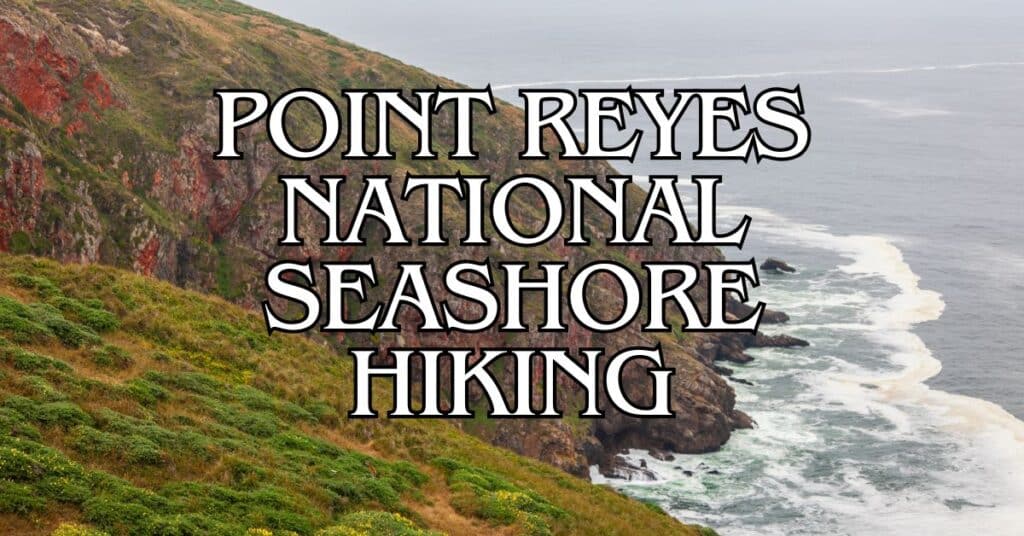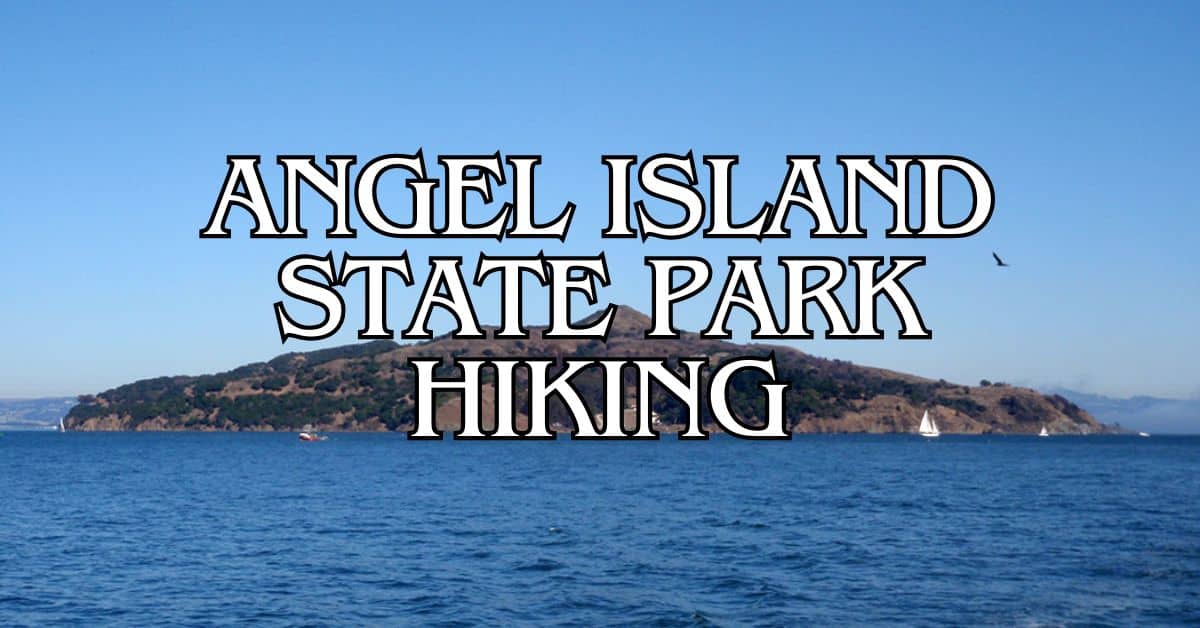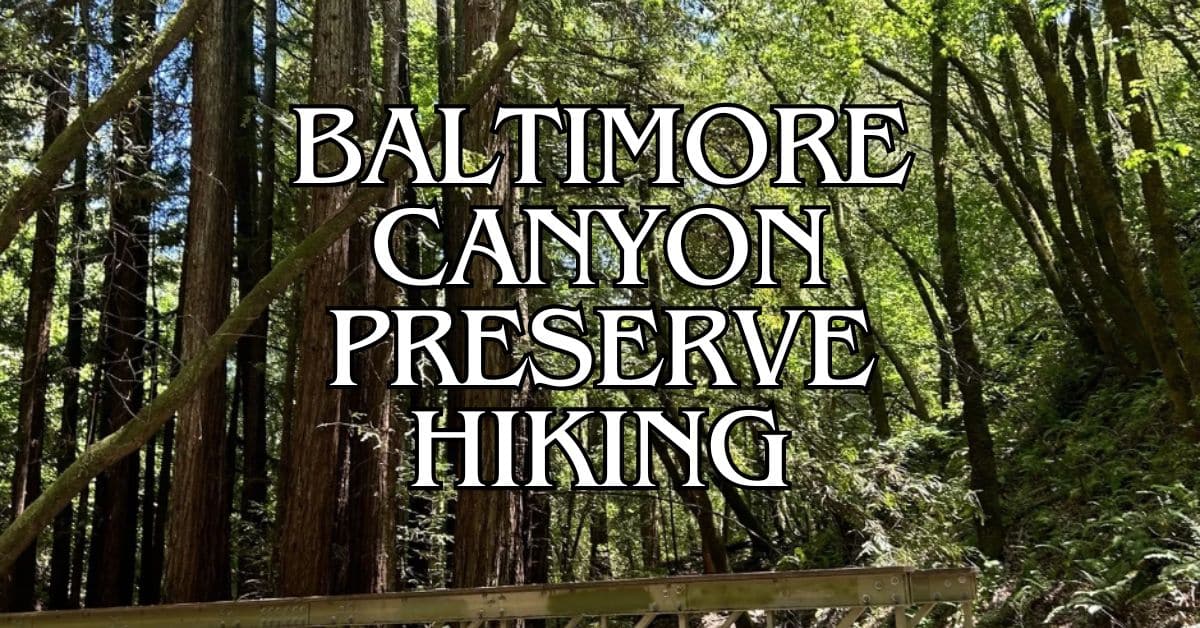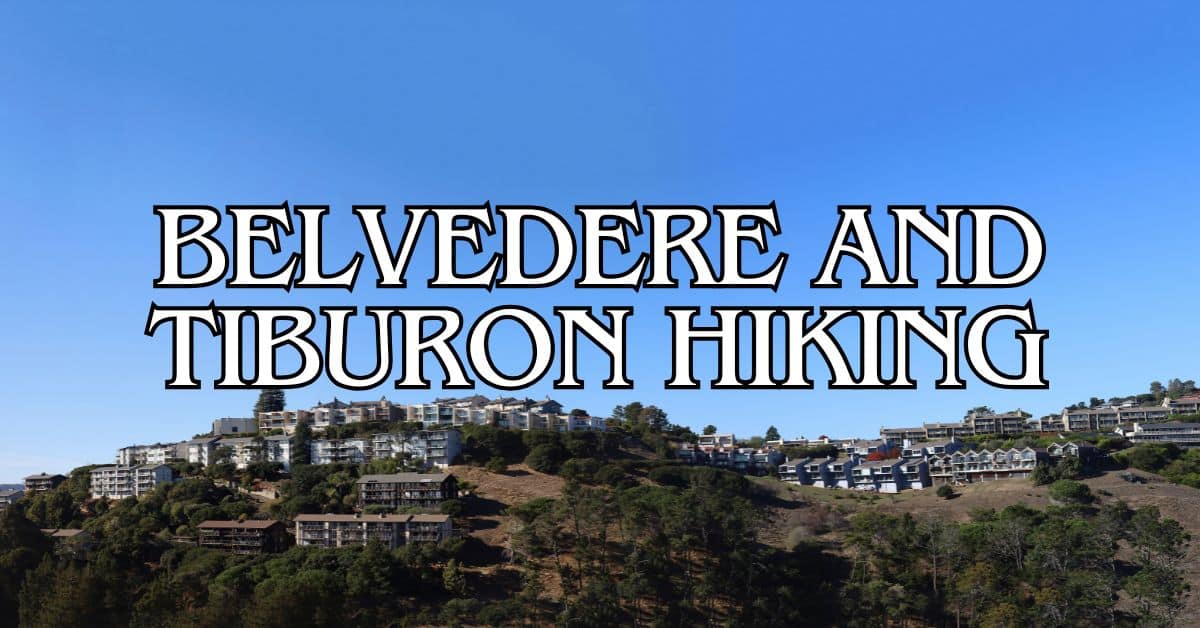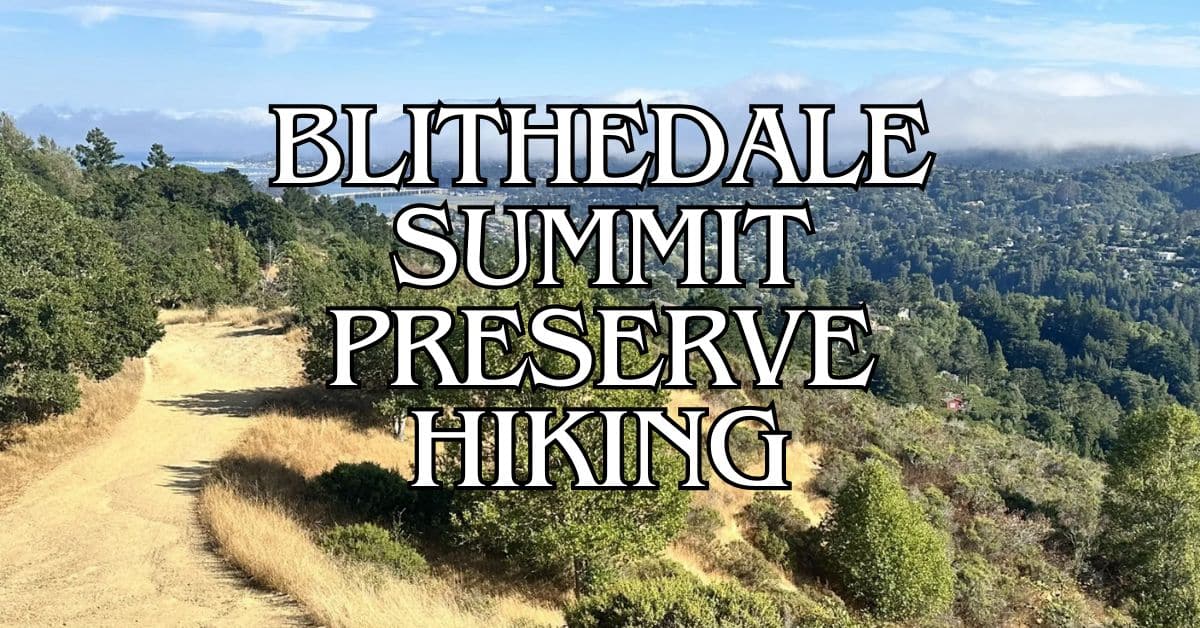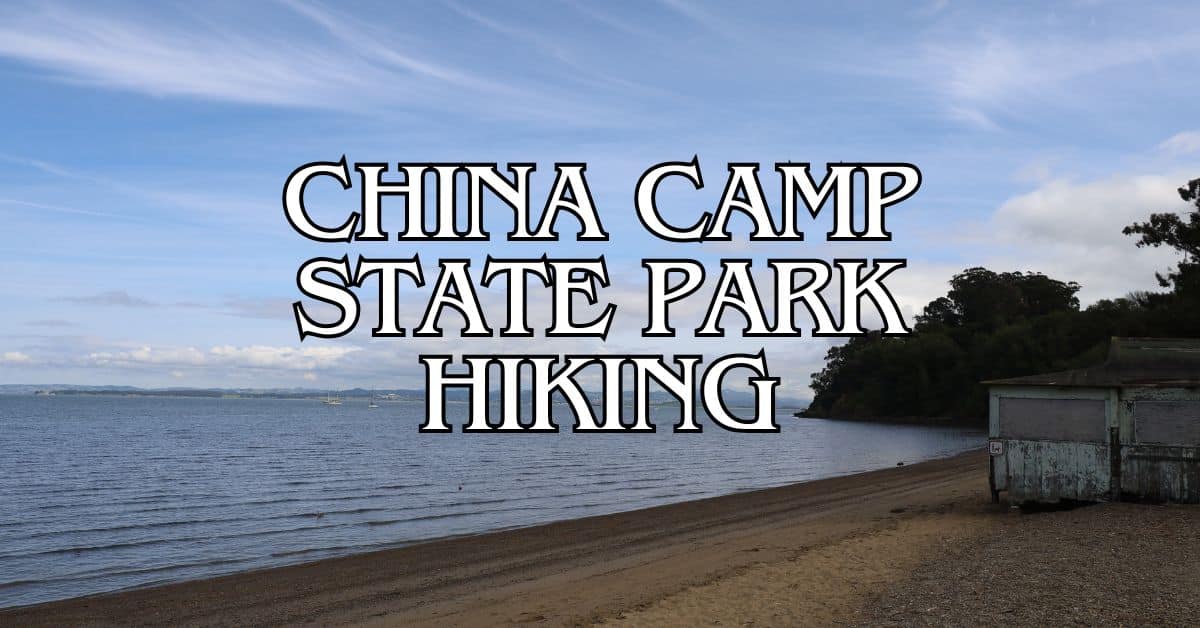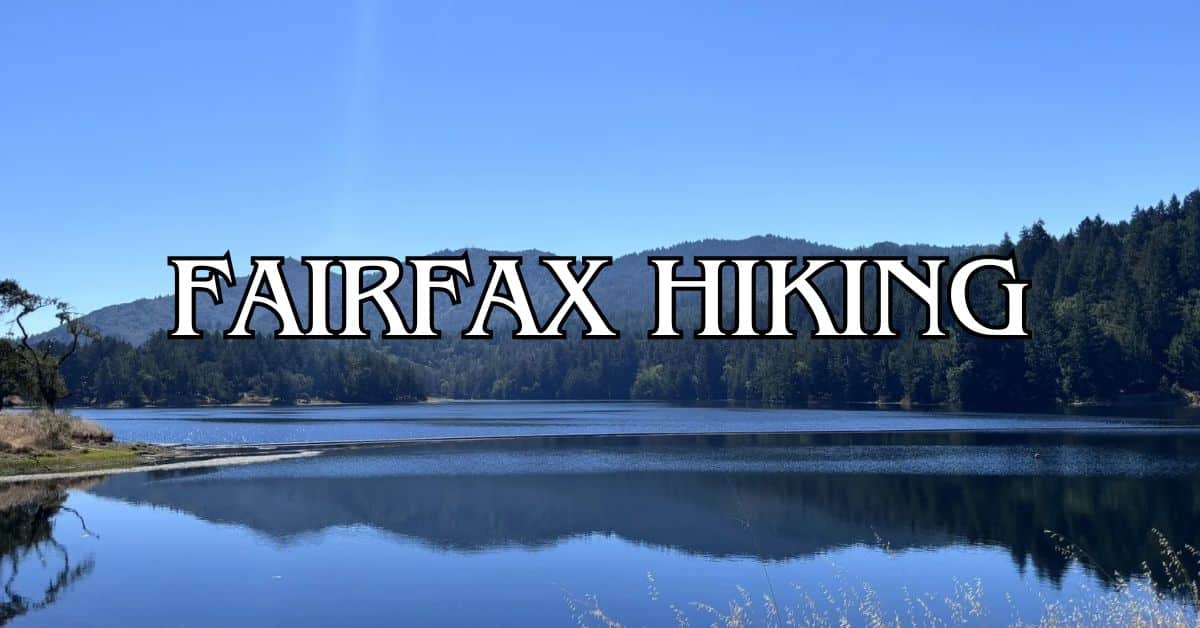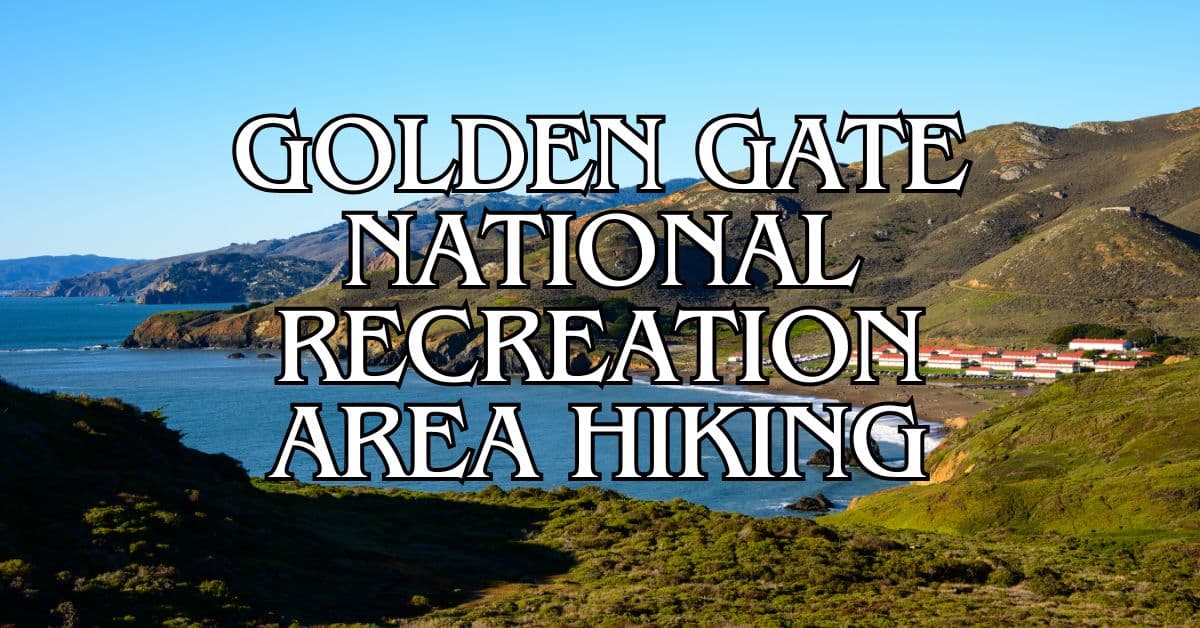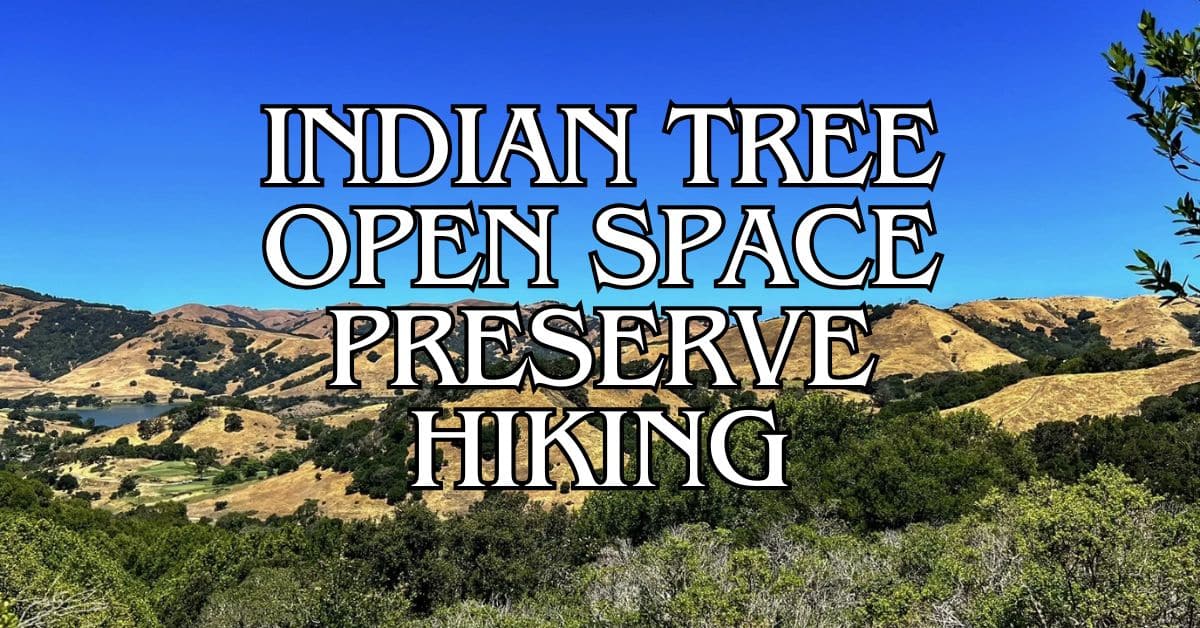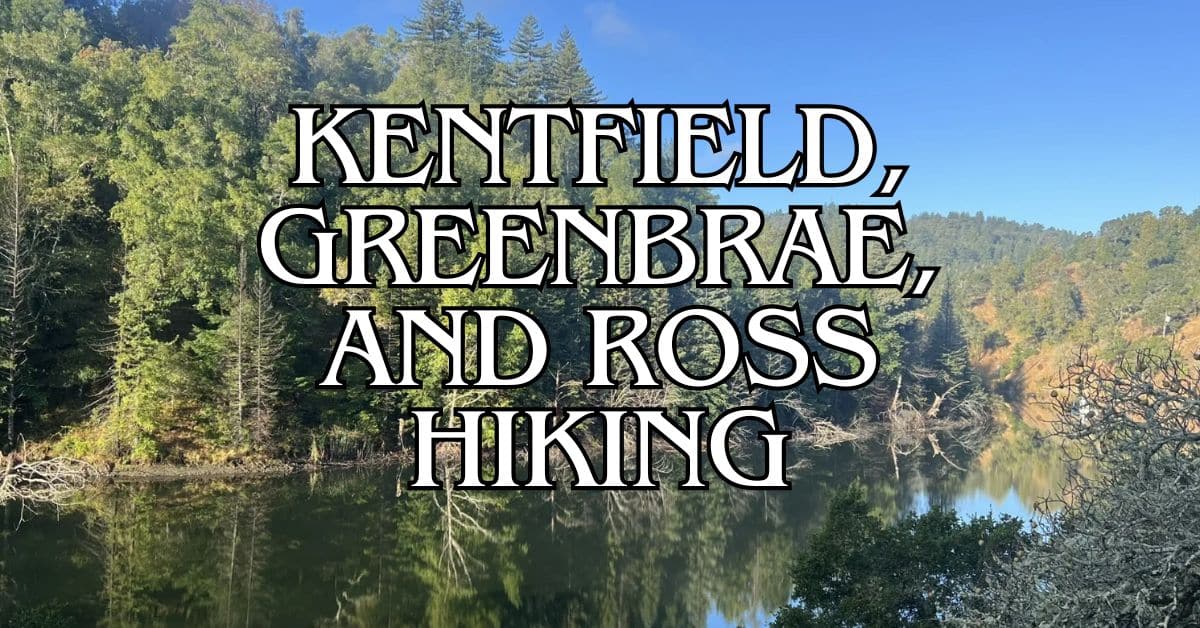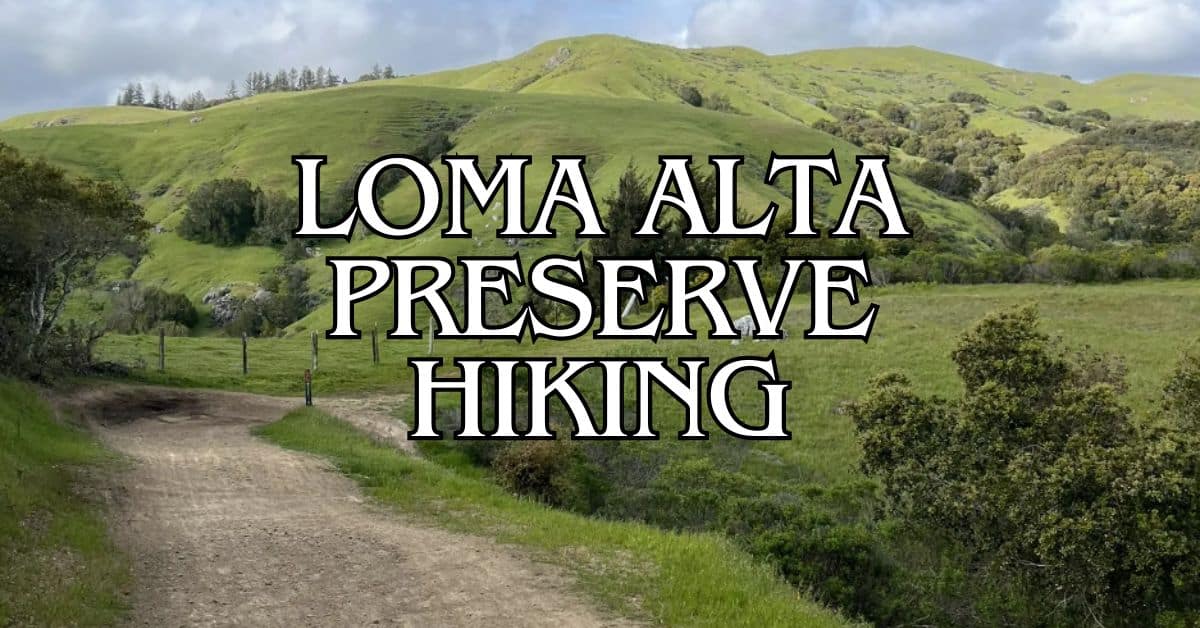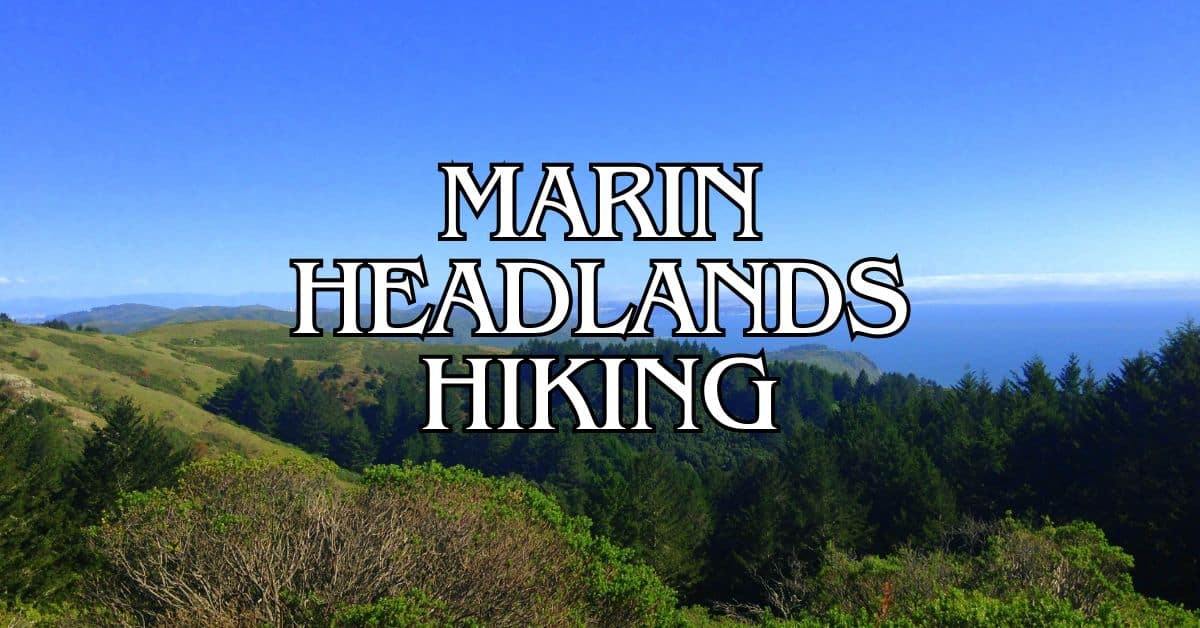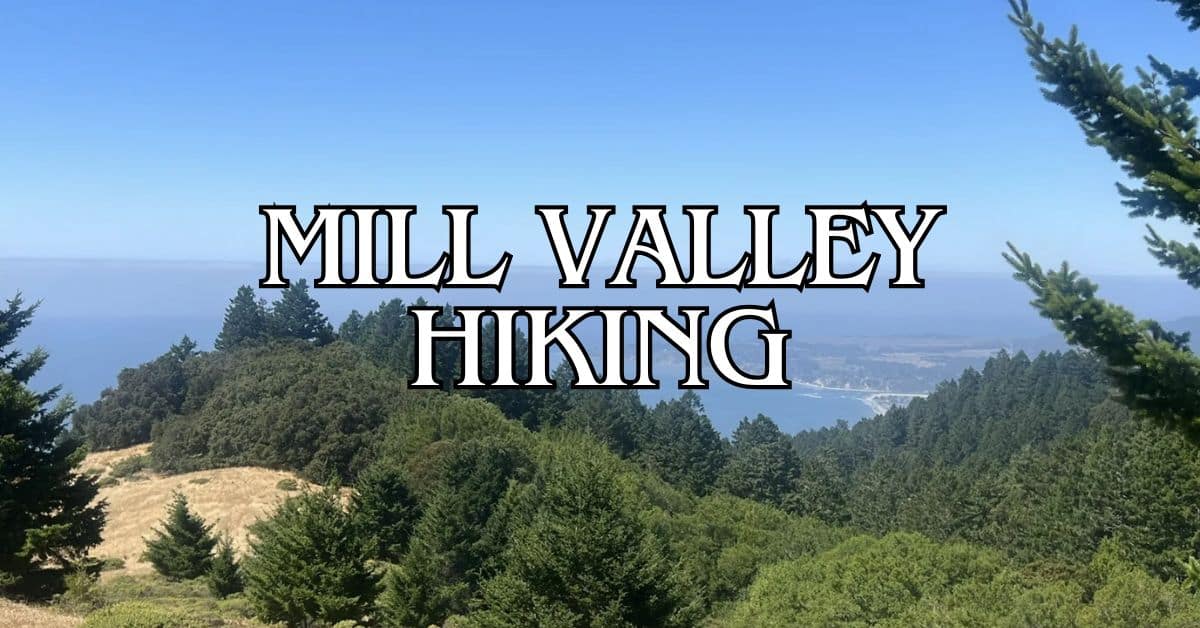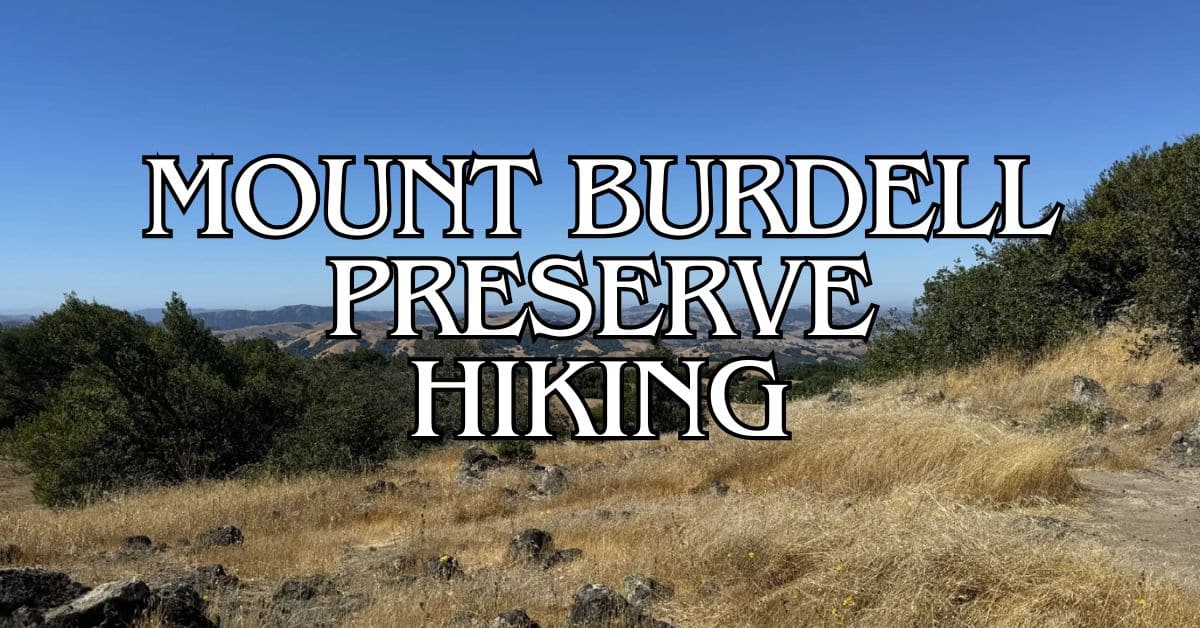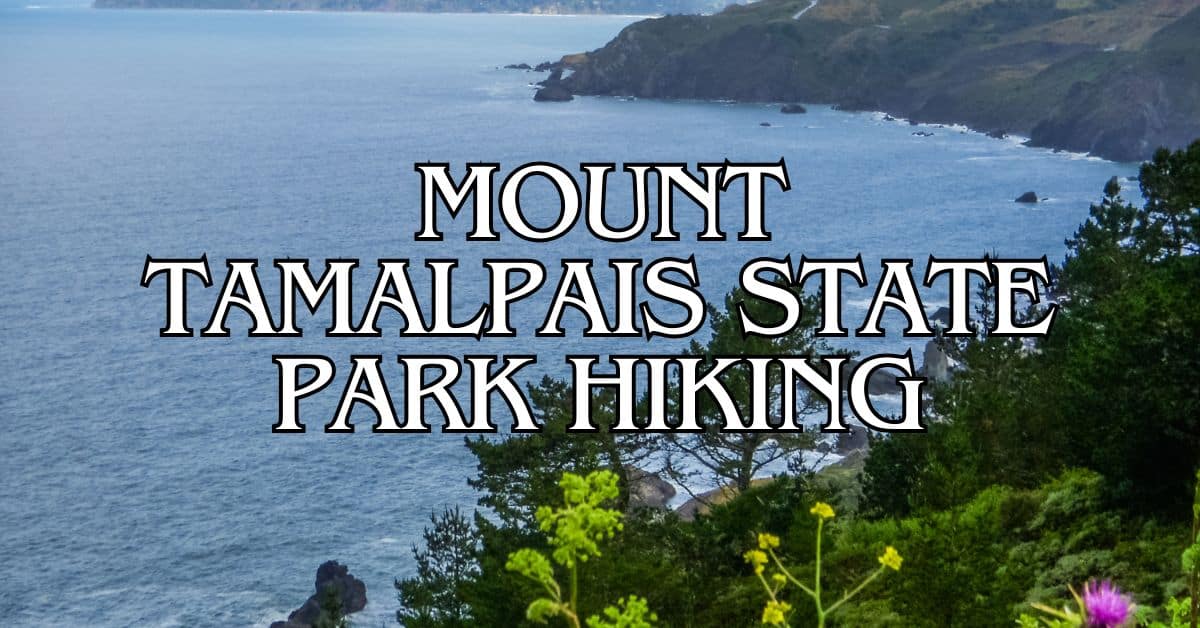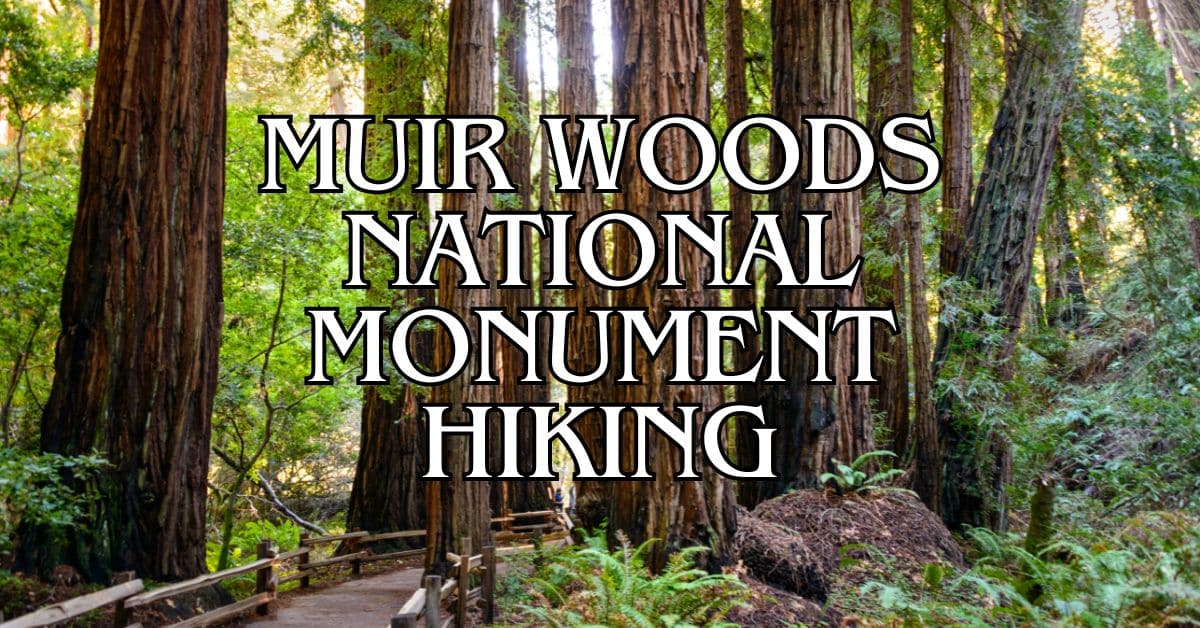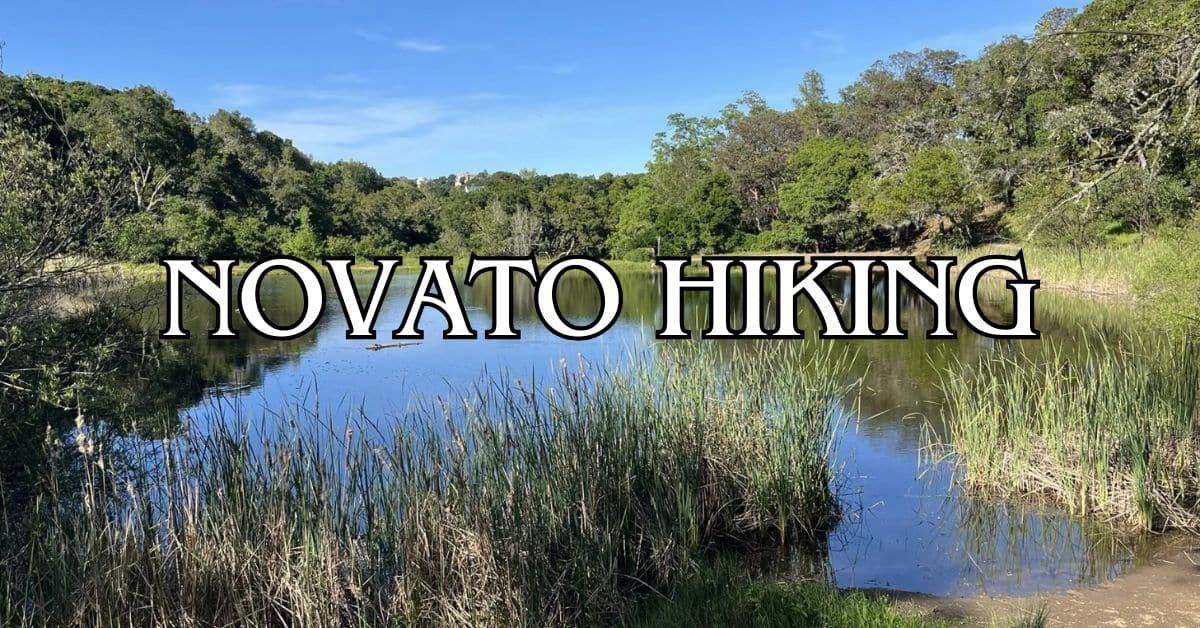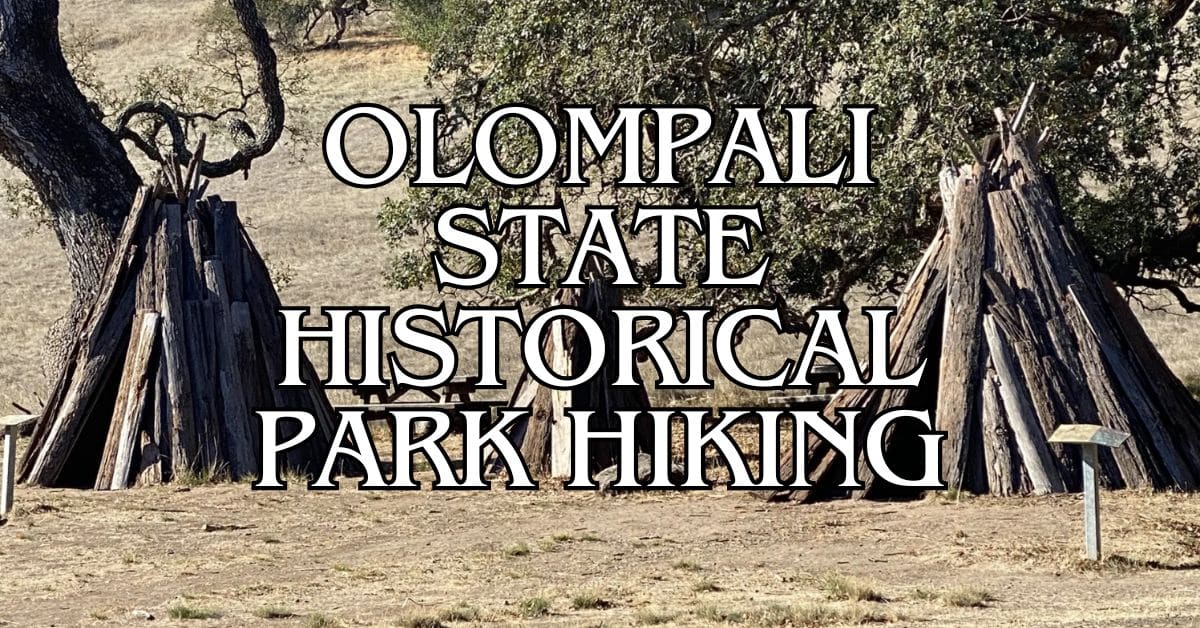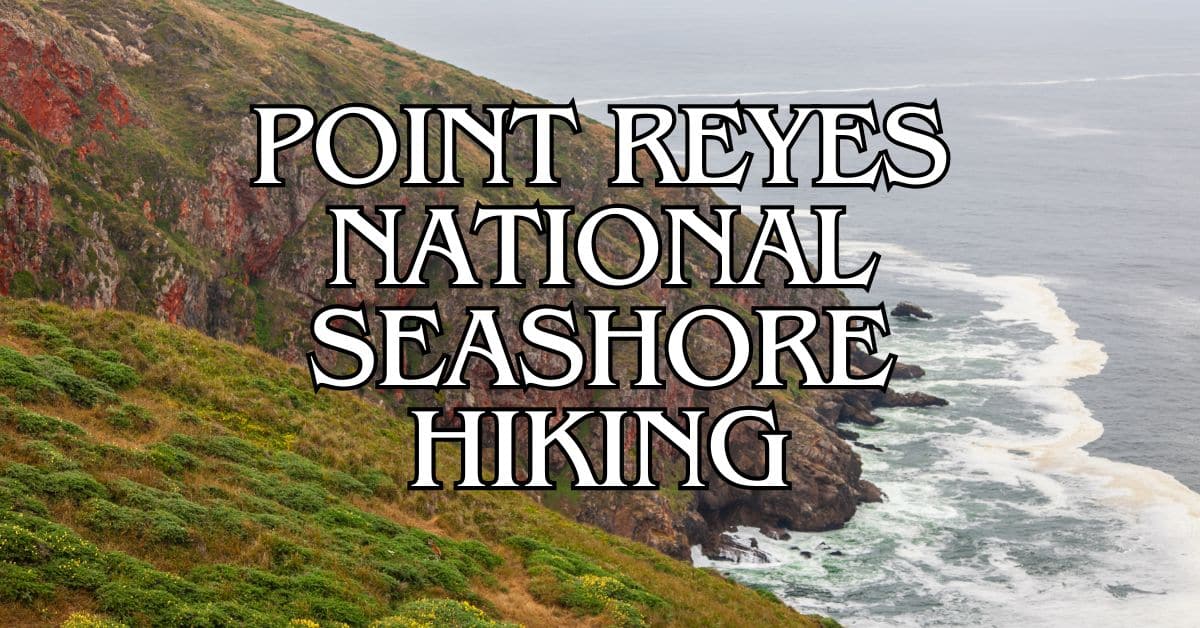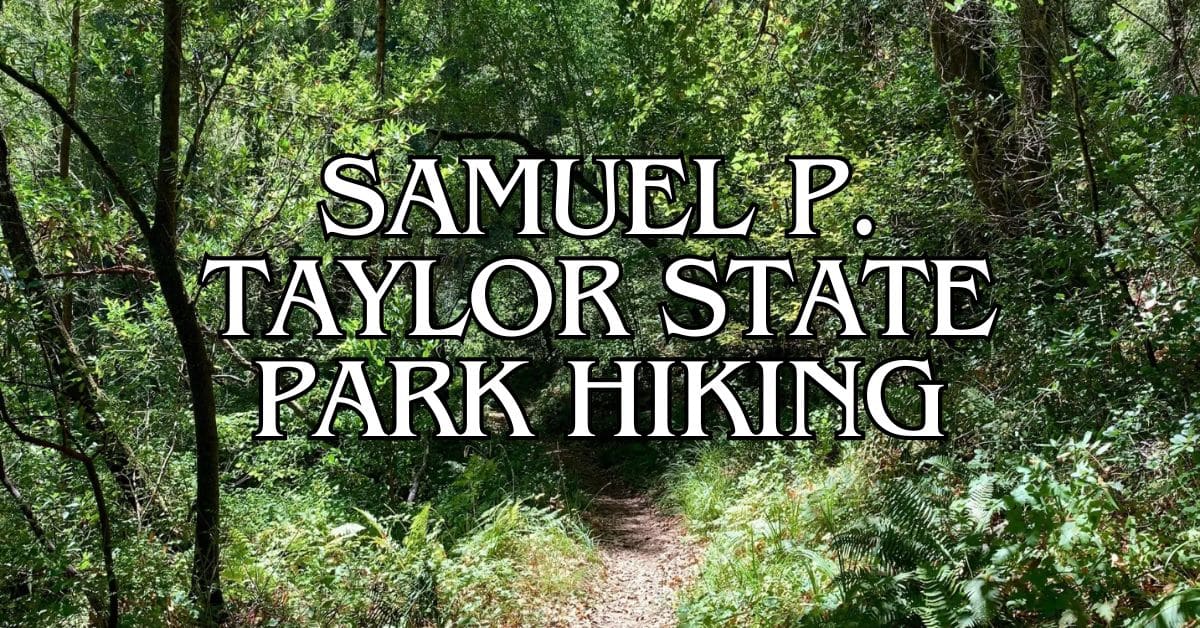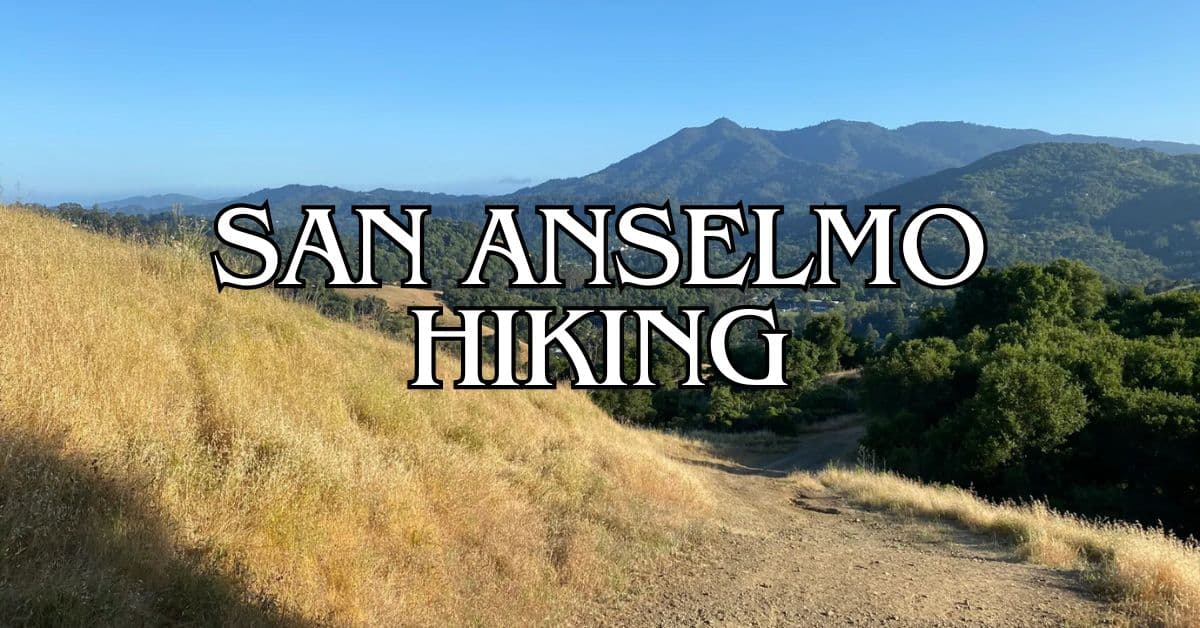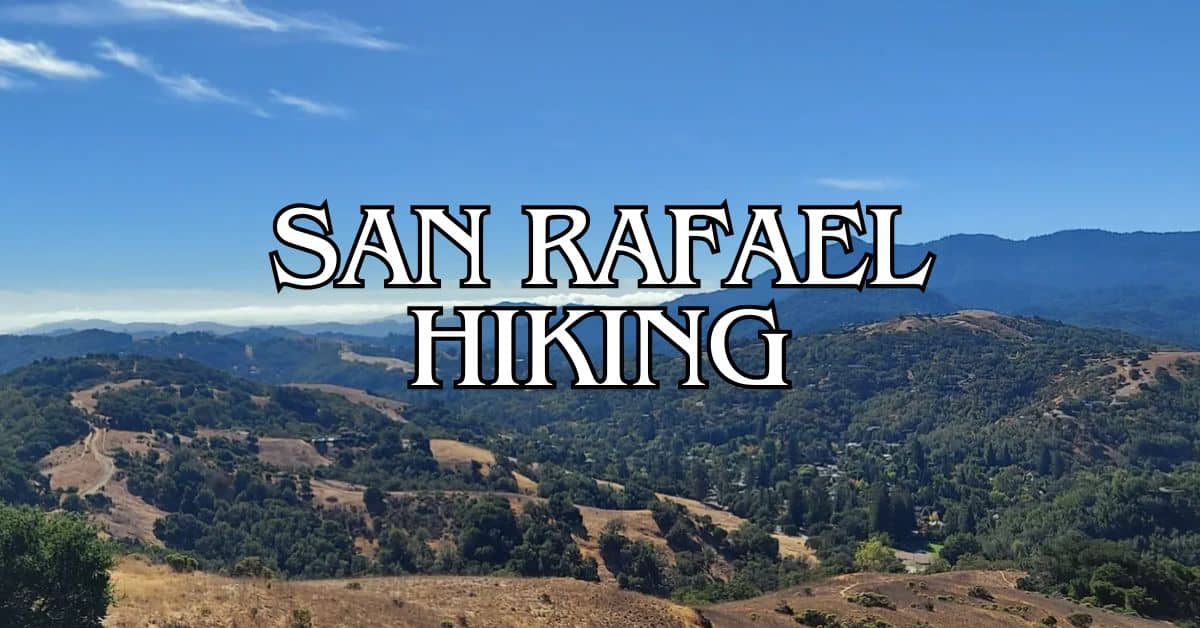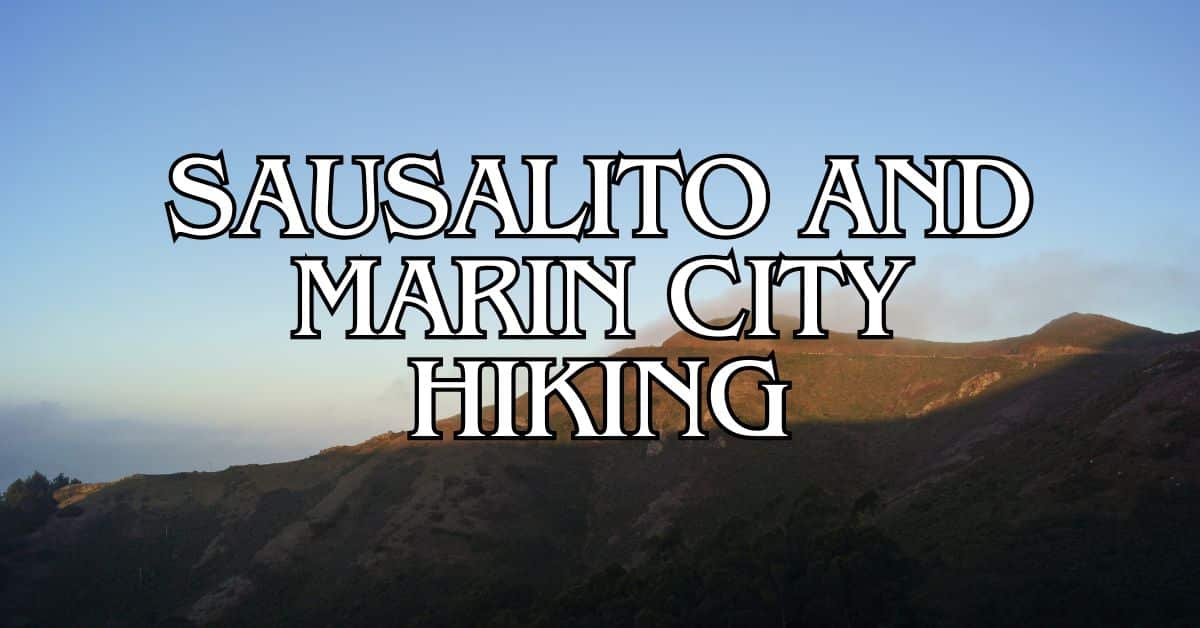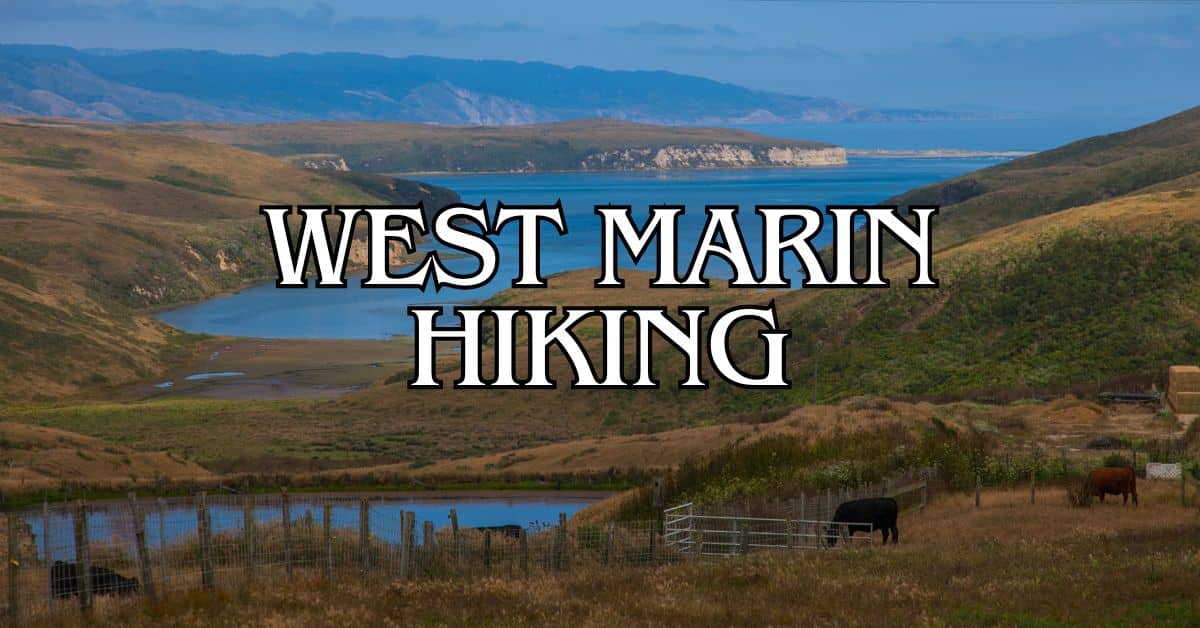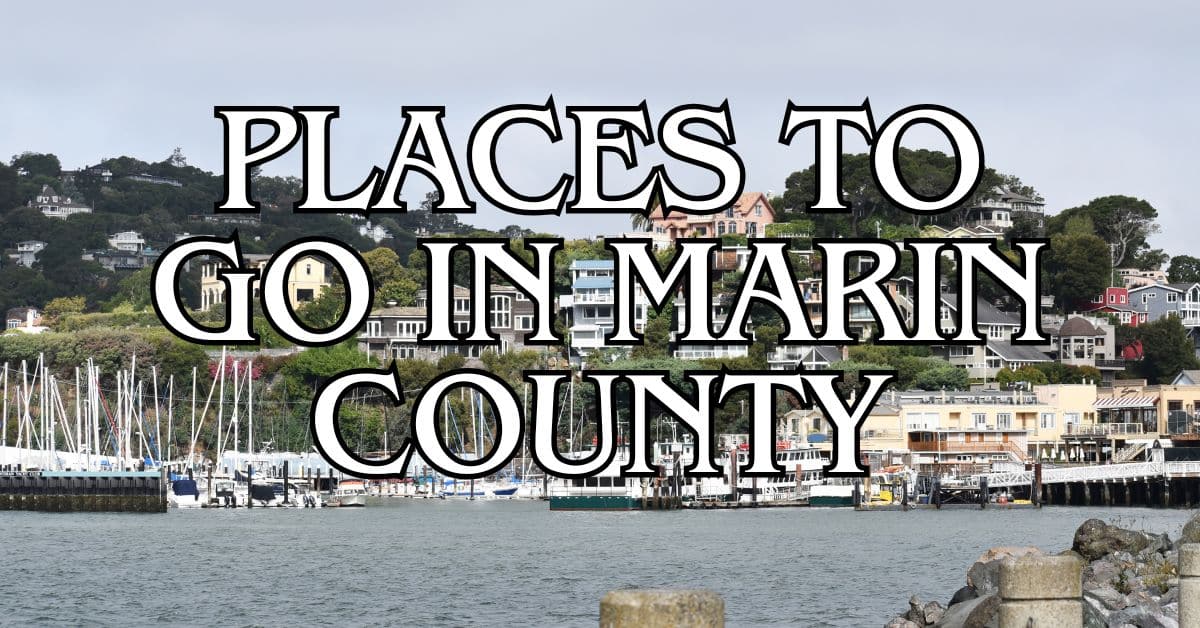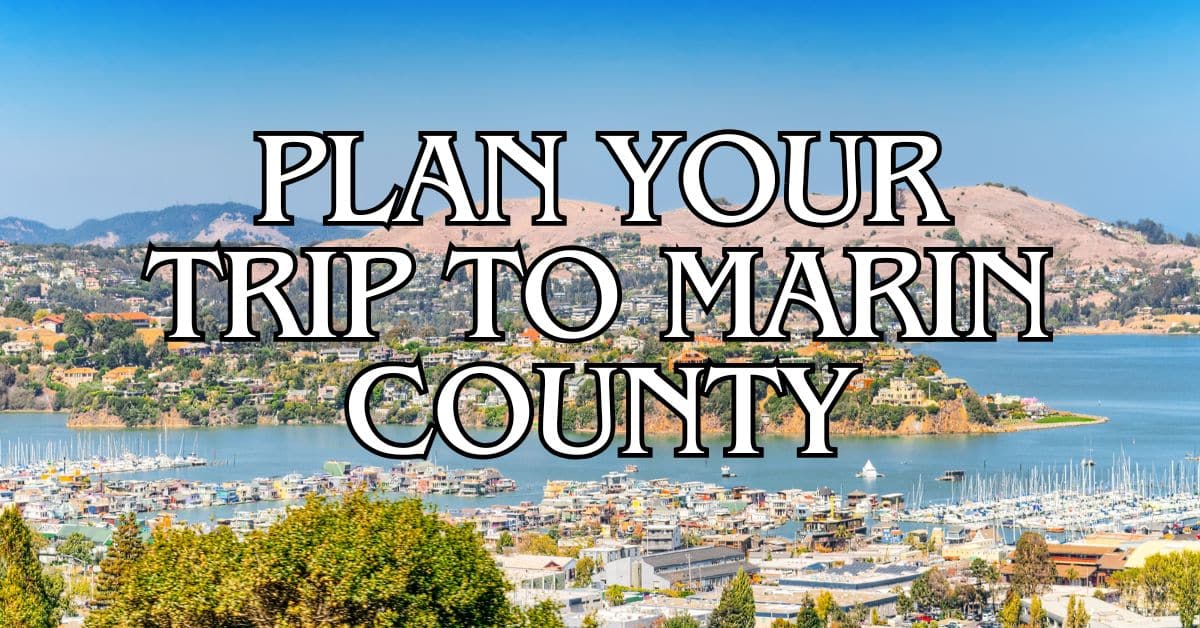Point Reyes National Seashore is a stunning coastal wonderland just north of San Francisco. With over 150 miles of hiking trails, it offers breathtaking views of the Pacific Ocean, diverse wildlife, and unique landscapes.
The five best hiking trails in Point Reyes showcase the area’s natural beauty and give you a taste of its rugged coastline, peaceful forests, and rolling hills.
Get a discount of 15% to 70% on accommodation in Marin County! Look for deals here:
Marin County Hotels, Apartments, B&Bs
From easy walks to challenging treks, Point Reyes has something for every hiker.
You can spot elephant seals, climb to scenic overlooks, and even see a waterfall that drops directly onto the beach.
These trails let you experience the park’s varied ecosystems and rich history.
Whether you’re a local looking for new adventures or a visitor planning a trip, these top hikes in Point Reyes will help you make the most of your time in this coastal paradise.
Get ready to lace up your boots and explore some of California’s most stunning scenery.
1. Alamere Falls Via Coast Trail From Palomarin Trailhead
The Alamere Falls hike is a stunning coastal trek that leads to a rare tidefall waterfall. This trail offers breathtaking ocean views, diverse landscapes, and a rewarding finale at the falls.
Difficulty
The Alamere Falls hike is rated as moderate to strenuous.
You’ll face some challenging terrain, including steep sections and uneven ground. The trail involves a mix of gradual inclines and flat stretches.
The final descent to the falls is steep and can be slippery. It’s not suitable for everyone. Make sure you’re in good physical shape before attempting this hike.
Length And Estimated Time
The full hike is 13.8 miles round trip.
Plan for about 7 hours to complete the entire journey. This includes time for breaks and enjoying the falls.
A shorter “shortcut” route exists, cutting the distance to 8.3 miles. But this isn’t recommended due to safety concerns and environmental impact.
Take your time and start early. The trail’s length makes it a full-day commitment.
Key Features
Alamere Falls is the star attraction. This 40-foot waterfall cascades directly onto the beach. It’s a rare tidefall, one of only a few in the world.
You’ll pass through varied landscapes:
- Coastal bluffs with sweeping ocean views
- Dense forests
- Scenic lakes (Bass Lake and Pelican Lake)
- Wildflower meadows (seasonal)
Wildlife sightings are common. Keep an eye out for birds, deer, and other local fauna.
Best Times To Visit
Spring and fall offer the best hiking conditions. Temperatures are mild, and crowds are smaller than in summer.
Winter can bring muddy trails and higher water levels at creek crossings. Summer weekends get very crowded.
For the best waterfall flow, visit in late winter or early spring after recent rains. But always check trail conditions before you go.
Parking
The hike starts at Palomarin Trailhead.
The parking lot is at the end of Mesa Road, outside Bolinas.
Parking is free but limited. On weekends and holidays, arrive early (before 8 AM) to secure a spot.
Overflow parking is along the road. Be careful not to block traffic or private driveways.
Safety Tips
- Bring plenty of water and snacks. There’s no potable water on the trail.
- Wear sturdy hiking boots with good traction.
- Use caution on the unofficial trail to the falls. It’s steep and erosion-prone.
- Check tide schedules. High tides can make beach access dangerous.
- Be aware of poison oak along the trail. Wear long pants and sleeves.
- Carry a first aid kit and know basic wilderness safety.
Historical Notes
Alamere Falls is named after the Alamo, the nearby creek that feeds it. The area has been part of Point Reyes National Seashore since 1962.
Native Coast Miwok people lived in this region for thousands of years before European contact. Their presence shaped the landscape you’ll see on your hike.
Amenities
Facilities at the trailhead are basic:
- Pit toilets
- Trash and recycling bins
- Information kiosk with trail maps
There are no services along the trail. Pack out all trash and come prepared with essentials.
Usage Information
- No dogs allowed on this trail.
- Bikes are not permitted beyond the Coast Trail junction.
- The trail is for hikers only.
- Practice Leave No Trace principles to protect the environment.
- Swimming is not allowed in the lakes along the trail.
Trail Connections
The Alamere Falls trail is part of the larger Coast Trail network in Point Reyes. From here, you can connect to:
- Wildcat Camp (3.1 miles from the falls)
- Bear Valley Trail (a longer route starting from Bear Valley Visitor Center)
- Five Brooks Trail (an alternate starting point for reaching Alamere Falls)
Consider these connections for multi-day backpacking trips or to explore more of Point Reyes National Seashore.
2. Tomales Point Trail
The Tomales Point Trail offers stunning coastal views and a chance to see Tule elk in their natural habitat. This popular hike takes you to the northernmost tip of Point Reyes National Seashore.
Difficulty
The trail is rated as moderate. It has a gradual elevation gain of about 1,200 feet. The last mile can be challenging due to loose sand and exposed terrain.
Most hikers find the first 3 miles easy. After that, the trail becomes more difficult. Be ready for wind and fog, which can make the hike harder.
Length And Estimated Time
The Tomales Point Trail is 9.7 miles round trip.
Plan for 4-5 hours to complete the full hike.
You can turn around at any point. Many hikers go to the old Pierce Point Ranch site (3 miles) or Windy Gap (3.5 miles) for shorter options.
Allow extra time for wildlife viewing and taking in the views. Don’t rush – the scenery is worth savoring.
Key Features
- Panoramic views of the Pacific Ocean, Tomales Bay, and Bodega Bay
- Tule elk reserve with over 400 elk
- Wildflower displays in spring
- Historic Pierce Point Ranch buildings
- Chance to see harbor seals and sea lions
The trail follows the spine of a narrow peninsula. You’ll have ocean views on both sides for most of the hike.
Best Times To Visit
Spring (March-May): Best for wildflowers and green hills
Summer (June-August): Warmest weather, but often foggy
Fall (September-November): Elk rutting season, clearest skies
Winter (December-February): Whale watching, but can be rainy
Avoid foggy days if possible. The trail can be dangerous when visibility is low.
Parking
There’s a large parking lot at the trailhead. It can fill up on weekends and holidays.
Arrive early (before 10 AM) to ensure a spot. There’s no overflow parking nearby.
The lot has restrooms and information boards. No fees are required to park or hike.
Safety Tips
- Bring plenty of water (at least 2 liters per person)
- Wear layers – weather can change quickly
- Use sunscreen and a hat – there’s little shade
- Stay on the trail – cliffs are unstable
- Watch for ticks in grassy areas
- Don’t approach the elk – keep at least 100 feet away
- Check weather forecasts before you go
Cell phone coverage is limited. Let someone know your plans before hiking.
Historical Notes
The trail passes through the Tule Elk Reserve, established in 1978. Tule elk were reintroduced here after being hunted to near-extinction.
Pierce Point Ranch, visible from the trail, operated from 1858 to 1973. It was one of the most successful dairy ranches in the area.
The Point Reyes Peninsula was home to Coast Miwok people for thousands of years before European settlers arrived.
Amenities
- Restrooms at the trailhead
- Information boards with maps and wildlife info
- Picnic tables near the parking area
- No water sources on the trail – bring your own
The nearest visitor center is 30 minutes away by car. Stock up on supplies before heading to the trailhead.
Usage Information
- Dogs are not allowed on the trail
- Bikes are not permitted
- The trail is for hikers only
- No camping along the trail
- Trail is open year-round
The trail can get busy on weekends. For a quieter experience, try hiking on a weekday.
Trail Connections
Tomales Point Trail is an out-and-back trail with no direct connections to other trails.
For a longer hike, you can combine it with:
- Chimney Rock Trail (4 miles round trip)
- Elephant Seal Overlook Trail (0.6 miles round trip)
These trails are a short drive from the Tomales Point trailhead.
3. Coast Trail To Bass Lake
The Coast Trail to Bass Lake offers a beautiful journey through diverse landscapes. You’ll experience coastal views, lush forests, and a serene lake destination.
Difficulty
The Coast Trail to Bass Lake is moderately challenging.
It has some elevation changes and uneven terrain. You’ll need a good level of fitness to enjoy this hike comfortably. Wear sturdy hiking shoes for better traction on the trail.
Length And Estimated Time
This out-and-back trail is 6.2 miles long.
Most hikers complete it in about 2.5 to 3 hours.
Plan for extra time if you want to relax at Bass Lake or take lots of photos. The pace can vary based on your fitness level and how often you stop.
Key Features
The trail offers a mix of coastal and forest scenery. You’ll start with stunning ocean views along the bluffs.
As you continue, the path leads into a wooded area with towering trees. Bass Lake is the highlight at the end of the trail.
It’s a peaceful spot for a picnic or a quick swim on warm days.
Look out for diverse wildlife along the way. You might spot deer, birds, and even the occasional bobcat.
Wildflowers bloom in spring, adding splashes of color to the landscape.
Best Times To Visit
Spring and fall are ideal for this hike. The weather is mild, and you’ll avoid summer crowds.
Spring brings lush greenery and wildflowers. Fall offers pleasant temperatures and clearer skies for coastal views.
Summer can be foggy, especially in the mornings. If you hike in summer, start early to beat the heat.
Winter hikes are possible but prepare for muddy trails and potential rain.
Parking
Parking is available at the Palomarin Trailhead. The lot is small and fills up quickly on weekends and holidays.
Arrive early to secure a spot, especially during peak seasons. There’s no fee for parking, but don’t leave valuables in your car.
If the lot is full, you might find roadside parking nearby. Be sure to park legally and don’t block any gates or driveways.
Safety Tips
Always carry plenty of water. There’s no reliable water source along the trail.
Pack snacks or a light lunch, especially if you plan to spend time at the lake.
Check the weather forecast before you go. Coastal weather can change quickly.
Bring layers, including a waterproof jacket, even on sunny days.
Be aware of poison oak along the trail. Stay on the marked path to avoid contact.
Learn to identify poison oak before your hike.
Tell someone about your hiking plans before you go. Cell phone reception can be spotty in some areas.
Historical Notes
The Coast Trail is part of the historic Point Reyes National Seashore. This area has been home to Coast Miwok people for thousands of years.
European settlers arrived in the 16th century, changing the landscape over time.
Bass Lake itself is a man-made reservoir. It was created in the early 20th century to supply water to nearby ranches.
Today, it’s a popular spot for hikers and wildlife.
Amenities
There are basic amenities at the trailhead. You’ll find a pit toilet and information boards with trail maps.
There’s no potable water available, so bring all you need.
At Bass Lake, there are no facilities. Pack out all your trash and practice Leave No Trace principles.
The lake is a sensitive ecosystem, so help preserve its natural state.
Usage Information
The trail is popular for hiking and trail running.
Mountain biking is not allowed on this section of the Coast Trail. Dogs are not permitted on the trail to protect local wildlife.
The path can get busy on weekends and holidays. For a quieter experience, try hiking on weekdays or during off-peak seasons.
Trail Connections
The Coast Trail to Bass Lake is part of a larger network of trails in Point Reyes.
From Bass Lake, you can continue on to Wildcat Camp or Alamere Falls. These extensions significantly increase the hike length and difficulty.
For a shorter option, you can turn back at any point along the Coast Trail. The ocean views are beautiful even if you don’t make it all the way to the lake.
Consider combining this hike with other nearby trails for a full day of exploring.
The Bear Valley Trail and Tomales Point Trail offer different perspectives of the Point Reyes landscape.
4. Coast Trail To Wildcat Camp
The Coast Trail to Wildcat Camp offers a stunning journey through Point Reyes National Seashore. You’ll experience diverse landscapes, from coastal bluffs to lush forests, ending at a secluded beach campground.
Difficulty
This trail is rated as moderate. You’ll encounter some elevation changes and uneven terrain.
The path is well-maintained, but can be muddy after rain. Sturdy hiking shoes are a must.
Fitness level: Suitable for hikers with some experience
Terrain: Mix of flat sections and gentle climbs
Trail surface: Dirt paths, some rocky areas
Length And Estimated Time
Distance: 11.5 miles round trip
Estimated time: 5-7 hours
Plan for a full day hike. The time can vary based on your pace and stops for rest or photos. Start early to have plenty of daylight.
Key Features
Coastal views: Panoramic vistas of the Pacific Ocean
Varied ecosystems: Coastal scrub, grasslands, and forests
Wildlife: Chances to spot deer, birds, and maybe even elk
Wildcat Beach: A secluded stretch of sand at the turnaround point
Wildcat Camp: Backcountry campground near the beach
The trail offers a mix of open areas and shaded sections. You’ll pass through several different plant communities.
Best Times To Visit
Spring (March-May): Wildflowers in bloom, mild temperatures
Fall (September-November): Clear skies, fewer crowds
Summer can be foggy, while winter brings rain and muddy trails. Check weather forecasts before your hike.
Parking
Parking lot: Located at Palomarin Trailhead
Capacity: Limited spaces, fills up quickly on weekends
Arrive early: Especially on summer weekends and holidays
There’s no parking fee, but the lot can get crowded. Consider carpooling or arriving on weekdays if possible.
Safety Tips
Bring plenty of water: No reliable water sources along the trail
Sun protection: Sunscreen, hat, and sunglasses are essential
Layer clothing: Coastal weather can change quickly
Check tide tables: If planning to walk on Wildcat Beach
Tell someone your plans: Always let others know your hiking route
Be prepared for sudden fog or wind. Cell phone service is limited in many areas of the park.
Historical Notes
Native American history: The area was home to Coast Miwok people
Ranching era: Point Reyes was used for cattle ranching in the 1800s
National Seashore: Established in 1962 to protect the area
The trail passes through landscapes that have been shaped by both natural forces and human activity over centuries.
Amenities
The Bear Valley Trail follows an old wagon road. It was used by early settlers in the 1800s.
The trail has been a popular hiking route for over a century. It showcases the area’s natural and cultural history.
Amenities
The Bear Valley Visitor Center is at the trailhead. It offers:
- Restrooms
- Water fountains
- Trail maps
- Ranger-led programs
- A small gift shop
There are no facilities along the trail itself. Plan accordingly and pack out all trash.
Usage Information
- Dogs are not allowed on this trail
- Bikes are permitted on the Bear Valley Trail but not on the Coastal Trail section
- The trail is popular for hiking and trail running
- Horseback riding is allowed on some sections
Trail Connections
The Bear Valley Trail connects to several other routes:
- Coastal Trail: Extends north and south along the coastline
- Sky Trail: Offers a loop option for a longer hike
- Glen Trail: Provides an alternate route back to the trailhead
You can create various loop hikes by combining these trails. Check a map at the visitor center for more options.
5. Point Reyes National Seashore Local Regulations And Trail Etiquette
When hiking in Point Reyes National Seashore, it’s crucial to follow local regulations and practice good trail etiquette. This helps protect the park’s natural beauty and ensures a positive experience for all visitors.
Stay on marked trails to prevent erosion and protect plant life. Don’t create new paths or take shortcuts.
Keep your distance from wildlife and never feed animals.
Pets are allowed on some trails but must be leashed. Check trail signs for specific rules.
On the Tomales Point Trail, you might spot Tule Elk. Admire them from afar and don’t disturb their habitat.
Pack out all trash, including food scraps. Use restrooms when available or practice proper waste disposal techniques.
Fires are only allowed in designated areas with a permit.
Be considerate of other hikers. Yield to uphill travelers and step aside to let faster hikers pass.
Keep noise levels down to preserve the peaceful atmosphere.
Camping is only permitted in designated campgrounds with a reservation.
If you’re planning an overnight trip to Wildcat Camp, secure your permit in advance.
Respect closures and warnings. Seasonal trail changes may occur due to weather or wildlife protection. Always check current conditions before setting out on your hike.
Getting To Point Reyes National Seashore
Point Reyes National Seashore is easily accessible by car and public transportation. You’ll find several options for reaching the park and its trailheads.
Parking is available, but planning ahead is key.
By Car
Driving is the most flexible way to reach Point Reyes.
Take Highway 101 north from San Francisco, then exit onto Sir Francis Drake Boulevard or Highway 1.
The drive takes about 1.5 hours from San Francisco.
Bear Valley Visitor Center is a good starting point. It’s located at 1 Bear Valley Rd, Point Reyes Station.
From here, you can access many popular trailheads like the Bear Valley Trail.
Remember to fill up your gas tank before entering the park. Gas stations are limited within Point Reyes.
Public Transportation
If you prefer not to drive, public transit options are available.
Take the Marin Transit West Marin Stagecoach (Route 68) from San Rafael or Marin City to Point Reyes Station.
The bus runs daily, but service is limited. Check the schedule in advance and plan your trip carefully.
From Point Reyes Station, you can take a short taxi ride or use a ride-sharing app to reach specific trailheads.
Parking Information
Parking at Point Reyes can be challenging, especially on weekends and holidays.
Arrive early to secure a spot at popular trailheads.
The Bear Valley Visitor Center has the largest parking lot. It’s a good place to start if you’re unsure where to go.
For trails like Tomales Point, parking is available at the trailhead but fills up quickly.
Some remote trailheads have limited parking. Consider carpooling or using a shuttle service if available.
Always park in designated areas to avoid fines and protect the environment.
Preparing For Your Hike
Getting ready for a hike in Point Reyes National Seashore takes some planning. You’ll need the right gear, knowledge of weather patterns, and an honest assessment of your fitness level.
Essential Gear
Proper gear is key for a safe and fun hike. Here’s what you should pack:
- Sturdy hiking boots with good traction
- Layered clothing (it can be chilly, even in summer)
- Backpack with plenty of water and snacks
- Trail map and compass
- First aid kit
- Sunscreen and hat
- Insect repellent
For longer treks like the Tomales Point Trail, bring extra food and water. A hiking pole can help on steep sections.
If you’re planning on backcountry camping, you’ll need a permit and bear-resistant food storage. Check park rules before your trip.
Weather Considerations
Point Reyes weather can change quickly. Be ready for fog, wind, and sudden temperature drops.
Summer: Often foggy and cool. Bring layers.
Fall: Best time for clear skies. Still pack a jacket.
Winter: Rainy season. Waterproof gear is a must.
Spring: Wildflowers bloom. Watch for muddy trails.
Check the forecast before you go. Fog can roll in fast, making trails like Alamere Falls tricky to navigate.
Fitness Levels
Point Reyes trails vary in difficulty. Choose a hike that matches your ability.
Beginner: Try the Bear Valley Trail. It’s mostly flat and well-marked.
Intermediate: The Coast Trail to Bass Lake offers a good challenge.
Advanced: Tackle the full Tomales Point Trail for a strenuous hike with amazing views.
Start with shorter hikes if you’re new to the area. Build up to longer trails as you get comfortable.
Always let someone know your hiking plans. Carry a charged phone, but don’t count on cell service everywhere in the park.
Wildlife And Plant Life In Point Reyes National Seashore
Point Reyes National Seashore is home to a diverse array of wildlife and plant life. You’ll find a rich ecosystem teeming with unique species as you explore the area.
The seashore boasts over 1,000 plant species, including colorful wildflowers that bloom in spring. Keep an eye out for California poppies, lupines, and irises dotting the landscape.
Animal lovers will delight in spotting the tule elk that roam freely in the Tule Elk Reserve. These majestic creatures were reintroduced to the area and now thrive in their natural habitat.
The coastline offers prime opportunities for wildlife viewing.
You might catch glimpses of harbor seals lounging on sandy beaches or grey whales migrating along the shore during their seasonal journeys.
Birdwatching enthusiasts will find plenty to observe. Over 490 bird species have been recorded in the area, making it a paradise for bird lovers.
As you hike, you’ll encounter various habitats:
- Coastal grasslands
- Mixed evergreen forests
- Coastal scrub
- Salt marshes
Each ecosystem supports its own unique mix of plants and animals. Remember to respect wildlife by observing from a distance and not disturbing their natural behaviors.
Photography Tips For Point Reyes National Seashore
Point Reyes offers stunning photo opportunities. Here are some tips to capture its beauty:
Best Times: Sunrise and sunset provide golden light. Early morning fog can add mystery to your shots.
Gear: Bring a wide-angle lens for landscapes and a zoom lens for wildlife. Don’t forget a tripod for low-light conditions.
Pack a polarizing filter to enhance sky colors and reduce glare on water. A neutral density filter helps with long exposures of moving water.
Subjects: Look for diverse subjects.
Capture the Tomales Point Trail tule elk, coastal bluffs, and historic structures like the Point Reyes Lighthouse.
Photograph wildflowers in spring and dramatic storm clouds in winter. Tidal pools offer close-up opportunities.
Techniques: Use leading lines from trails or fences to draw the eye. Frame your shots with tree branches or rock formations.
For wildlife, be patient and use a fast shutter speed. Always maintain a safe distance from animals.
Etiquette: Stay on marked trails to protect habitats. Don’t disturb wildlife or remove natural objects.
Respect other visitors’ experience. Be mindful of your tripod placement on busy trails.
Family-Friendly Options For Hiking Point Reyes National Seashore
Point Reyes National Seashore offers many hiking options for families with kids. These trails are shorter and easier, perfect for little legs.
The Bear Valley Trail is a top pick for families.
It’s mostly flat and shaded, making it comfy for kids. The trail goes through pretty forests and meadows.
You’ll find picnic tables near the trailhead. Pack a lunch to enjoy before or after your hike. Bathrooms are also nearby.
For ocean views, try the Limantour Beach Trail. It’s short and flat, leading right to the beach. Kids can look for shells and watch for whales in the distance.
The Earthquake Trail is another good choice.
It’s paved and wheelchair-friendly. Along the way, you’ll learn about the 1906 earthquake that shook the area.
Remember to bring water and snacks for your hike.
Wear layers, as the weather can change quickly. Sunscreen and hats are a must, even on cloudy days.
Before you go, check the park’s website for current trail conditions. Some trails may be closed due to weather or maintenance.
Accessibility Information
Point Reyes National Seashore offers some accessible trails and facilities for visitors with mobility challenges.
The park aims to make nature enjoyable for everyone.
The Point Reyes Lighthouse Visitor Center is fully accessible. This includes the observation deck and restrooms.
You can arrange for parking close to the Lighthouse by calling 415-669-1534.
Some trails are more accessible than others:
- Bear Valley Trail: Wide, relatively flat path suitable for wheelchairs
- Earthquake Trail: Paved loop trail with interpretive signs
- Kule Loklo Trail: Short, level trail to a replica Coast Miwok village
For visitors with visual impairments, some trails offer tactile exhibits and Braille signage.
Remember to check the park’s website or call ahead for the most up-to-date accessibility information.
Trail conditions can change due to weather or maintenance work.
If you need special accommodations, contact the park in advance. The staff can provide additional information and assistance to help you plan your visit.
Local Resources
Point Reyes National Seashore offers many helpful resources for hikers. You’ll find visitor centers, emergency contacts, and useful websites to plan your trip.
These resources ensure you have a safe and enjoyable hiking experience.
Visitor Centers
The Bear Valley Visitor Center is the main hub for information in Point Reyes. It’s open daily and provides trail maps, exhibits, and ranger-led programs.
You can get permits and learn about current trail conditions here.
The Kenneth C. Patrick Visitor Center at Drakes Beach is another helpful spot. It’s open on weekends and holidays.
The center offers information about the area’s marine life and geology.
For coastal hikes, check out the Lighthouse Visitor Center.
It’s open Friday through Monday and gives you a chance to learn about maritime history.
Emergency Contacts
Keep these emergency numbers handy during your hike:
- Park Dispatch: 415-464-5170
- Local Sheriff: 415-479-2311
- Fire Department: 415-669-7151
In case of serious emergencies, always call 911 first.
Cell coverage can be spotty in some areas, so plan accordingly.
Useful Websites And Apps
The National Park Service website for Point Reyes is a great starting point.
It provides up-to-date info on trail conditions and closures.
AllTrails is a handy app for detailed trail info.
You can find reviews and photos for popular hikes like the Tomales Point Trail.
Weather apps are crucial for planning.
Check the forecast before you go, as coastal weather can change quickly.
The iNaturalist app helps you identify plants and animals you might see on your hike.
It’s a fun way to learn about local wildlife.
Get a discount of 15% to 70% on accommodation in Marin County! Look for deals here:
Marin County Hotels, Apartments, B&Bs
5 Best Hiking Trails in Angel Island State Park – Terrain, Difficulty, Accessibility, and Trail Features
5 Best Hiking Trails in Baltimore Canyon Preserve – Terrain, Difficulty, Accessibility, and Trail Features
5 Best Hiking Trails in Belvedere and Tiburon – Terrain, Difficulty, Accessibility, and Trail Features
5 Best Hiking Trails in Blithedale Summit Preserve – Terrain, Difficulty, Accessibility, and Trail Features
5 Best Hiking Trails in Cascade Canyon Preserve – Terrain, Difficulty, Accessibility, and Trail Features
5 Best Hiking Trails in China Camp State Park – Terrain, Difficulty, Accessibility, and Trail Features
5 Best Hiking Trails in Fairfax – Terrain, Difficulty, Accessibility, and Trail Features
5 Best Hiking Trails in Golden Gate National Recreation Area – Terrain, Difficulty, Accessibility, and Trail Features
5 Best Hiking Trails in Indian Tree Open Space Preserve – Terrain, Difficulty, Accessibility, and Trail Features
5 Best Hiking Trails in Kentfield, Greenbrae, and Ross – Terrain, Difficulty, Accessibility, and Trail Features
5 Best Hiking Trails in Larkspur and Corte Madera – Terrain, Difficulty, Accessibility, and Trail Features
5 Best Hiking Trails in Loma Alta Preserve – Terrain, Difficulty, Accessibility, and Trail Features
5 Best Hiking Trails in Marin Headlands – Terrain, Difficulty, Accessibility, and Trail Features
5 Best Hiking Trails in Mill Valley – Terrain, Difficulty, Accessibility, and Trail Features
5 Best Hiking Trails in Mount Burdell Preserve – Terrain, Difficulty, Accessibility, and Trail Features
5 Best Hiking Trails in Mount Tamalpais State Park – Terrain, Difficulty, Accessibility, and Trail Features
5 Best Hiking Trails in Muir Woods National Monument – Terrain, Difficulty, Accessibility, and Trail Features
5 Best Hiking Trails in Novato – Terrain, Difficulty, Accessibility, and Trail Features
5 Best Hiking Trails in Olompali State Historical Park – Terrain, Difficulty, Accessibility, and Trail Features
5 Best Hiking Trails in Point Reyes National Seashore – Terrain, Difficulty, Accessibility, and Trail Features
5 Best Hiking Trails in Samuel P. Taylor State Park – Terrain, Difficulty, Accessibility, and Trail Features
5 Best Hiking Trails in San Anselmo – Terrain, Difficulty, Accessibility, and Trail Features
5 Best Hiking Trails in San Rafael – Terrain, Difficulty, Accessibility, and Trail Features
5 Best Hiking Trails in Sausalito and Marin City – Terrain, Difficulty, Accessibility, and Trail Features
5 Best Hiking Trails in West Marin – Terrain, Difficulty, Accessibility, and Trail Features


